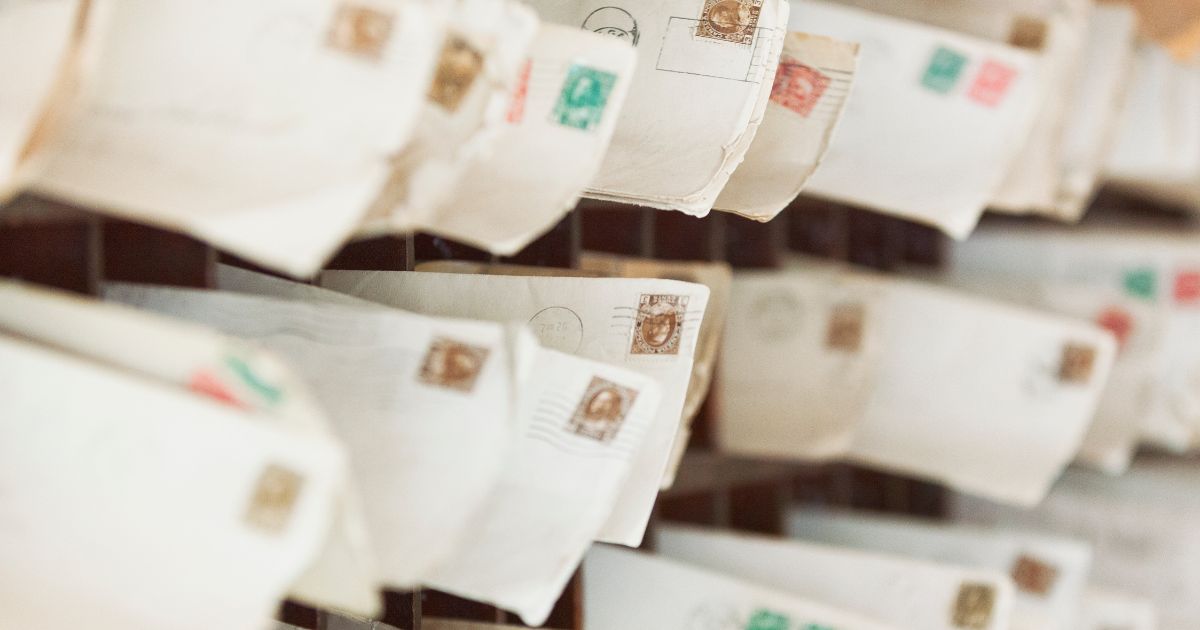How is your December going?
One of my traits for long dark evenings is to dive into Etsy and look for new hand embroidery patterns and designs I would like to embroider. You probably noticed that I sometimes make a list and share it in my blog posts, too.
Recently, I’ve noticed a fascinating (and tricky!) trend—AI-generated images of “hand embroidery” that look almost identical to the real thing. Many shops sell design template files, making them look like hand embroidery patterns. In reality, it is only an AI-generated image created to look like embroidery.
Why is it tricky?
Is it a scam to sell these patterns? Yes and No.
If you read the description of the item carefully, you will find similar phrases in the notes at the bottom of the product description:
- This pattern does not include a step-by-step tutorial or color guide, but it offers plenty of space for your creativity!
- AI was used to assist with design inspiration
- No specific step by step instructions included
- The pattern includes only the design template
- Includes photo of finished Embroidery design for inspiration (Used AI for assistance)
So, technically, the seller did not lie, and you know what you are buying.
On the other hand, I see inexperienced stitchers desperately trying to achieve a visual result similar to that in the AI-generated image, which is often impossible.
AI or not AI?
In general, I’m not contrary to the use of AI. It has its scope and time.
These AI-generated design templates can be a good deal if you have a clear idea of how to embroider the images using hand embroidery stitches, have your favorite color pallet of embroidery threads, and do not need guidance with the hand embroidery process.
What I do not like is when AI-generated images are presented as real embroidery photos and a simple linear image is sold as a hand embroidery pattern. That is deceiving and shady practice.
How do we recognize AI-generated images of hand embroidery?
I noticed that some AI image generation tools are good at developing hand embroidery-like images, so it can be hard to recognize them.
If you want to buy an actual hand embroidery pattern with a stitch guide and clear instructions, avoid the images that:
- Have strange tools and materials in them. Think about double hoops, strange hoop-tightening screws, medical needles, and other strange tools in the photos.
- Have 3d effect. The stitches look raised from the surface and resemble the beads or plastic drops on the fabric.
- Have strange stitches. More experienced stitchers will notice strange, long, bent threads or other thread configurations that are technically impossible.
How do you choose a high-quality embroidery pattern?
Now that I told you what to avoid, here are some tips on how to choose the best patterns for hand embroidery:
- Read the descriptions. Note what is included in the download. Are there photos of the finished embroidery included? Does it have a material list?
- Good embroidery patterns should have at least a Stitch guide, Color guide, and material list.
- Best embroidery patterns will also include step-by-step instructions or video guides (or both).
- Choose the patterns made by real people, not companies. Artists put a lot of creativity and work into creating their embroidery designs and will gladly answer your questions about embroidering their designs.
Need assistance with pattern choice?
Read one of these articles where I shortlisted my favorite designs:
See you next week!
Tatjana
